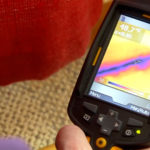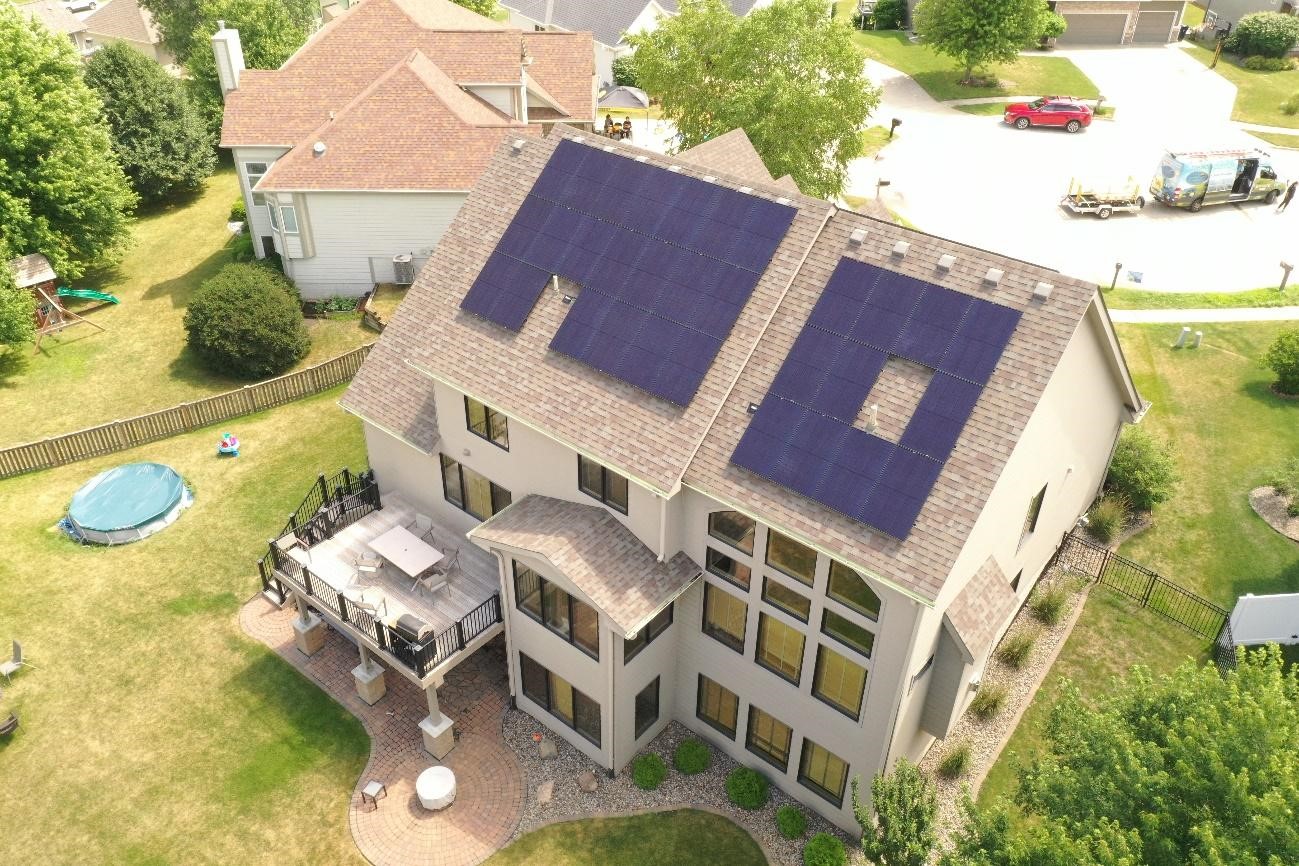Greenify your home – The Daily Planet
Energy Disrupter

The basic math is simple: high numbers of large homes and vacation homes, cold winters, older buildings, and the affluence to pay hefty energy bills adds up to a greater consumption of residential energy. In a recent study reported by the Associated Press, higher-income communities and neighborhoods across the U.S. contributed some of the highest levels of greenhouse gas emissions into the atmosphere from their home energy use. Of the top 25 highest-polluting zip codes in the country from residential energy use per capita, seven of them are in Colorado, including the zip code 81435 of Telluride and Mountain Village.
“In most communities, building energy use — primarily electricity and natural gas — is typically at least 50 percent of overall greenhouse gas emissions; that’s standard, not specific to Telluride or our region,” explained Kim Wheels, energy specialist and interim director of EcoAction Partners. “Residential is about half of that, or 25 percent of the total. Factors that cause our building energy use to be higher than elsewhere in the nation, size is one factor. Efficiency helps a lot, but in general, the larger the home, the higher the energy use.”
The high altitude location of 81435, famous for drawing powder hounds the world over to its fluffy ski slopes, is also a contributing factor, Wheels observed.
“Our cold and snowy winters increase the amount of heat needed at our elevation, in comparison to homes in more mild climates,” she said. “Some of our buildings are new, constructed to efficient building codes. However, most are older, whether 20 or 120 years old, that typically are in need of weatherization, such as insulation and air sealing measures, to reduce drafts and reduce heat loss.”
Fortunately, there’s quite a few actions that homeowners, property managers and caretakers can take to reduce their greenhouse gas footprint at home, safeguarding those glittering, exhilarating powder days for generations to come. When it comes to residential energy waste, some of the biggest culprits include inefficient heating systems, air leakage and subpar insulation levels, according to Jake Niece, the coordinator for the San Miguel Power Association-sponsored income qualified weatherization program at EcoAction.
“Many homes and businesses don’t think about the furnace or boiler until it stops working, but they’re like cars in that they need regular checkups,” he noted. “Often, filters get clogged, and the burners and heat exchangers get dirty, which leads to significant drops in natural gas and propane efficiency. These conditions will also create carbon monoxide. Getting a furnace or boiler tune-up costs around $350, but you’ll save money in the long run, and prevent carbon monoxide poisoning,” he said, adding that replacing an old furnace with a high efficiency system will also save money over the long term, with rebates available to help with the cost.
Turning down the dial on the thermostat provides perhaps the most simple yet effective strategy for reducing one’s carbon footprint at home, and with modern technology, smartphone apps have made this even easier by allowing homeowners or caretakers to control home temperatures from their phones, even remotely.
“Program your thermostat!” Niece encouraged. “Even dropping the temperature in your house a few degrees while you’re away and asleep can reduce your heating bill by 10-30 percent. Newer thermostats can be programmed and controlled remotely by a phone app so you don’t have to push a tiny button 1,000 times like an old VCR. Empty vacation houses and snowmelt systems for vacant properties are also a major waste – we encourage property managers and caretakers to install Wi-Fi thermostats in vacant houses to remotely and easily turn the temperature down to 50 degrees when nobody is home for an extended period. These devices have the added benefit of remote monitoring if there is a problem with the heating system, and generate energy use reports monthly.”
Along with thermostat awareness and regular heating system maintenance, “efficiency upgrades” such as caulking around window panes, sealing up holes that leak temperature-controlled air into attics or crawl spaces, replacing weather stripping on doors and ensuring sufficient insulation all reduce one’s carbon footprint at home. An energy audit can point out inefficiencies and suggest solutions, with rebate programs available for qualifying households.
Although individual action can indeed reduce the levels of greenhouse gases that contribute to global warming, Niece emphasized the importance of large-scale policy as well.
“The number one most critical thing everyone can personally do to reduce their greenhouse gas footprint is to vote for people who prioritize climate crisis policy,” he said. “Anything you do personally will be erased if our country doesn’t take bold action on a national and global scale in the next handful of years.”
Original Source: https://www.telluridenews.com/news/article_7a8a9dd8-d770-11ea-94cf-b7e13a2e4170.html
















